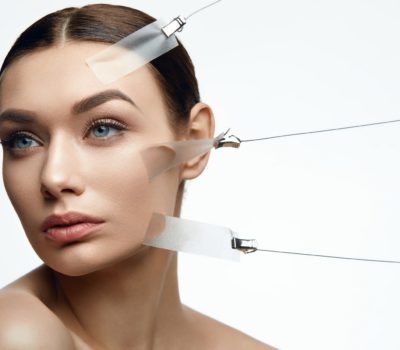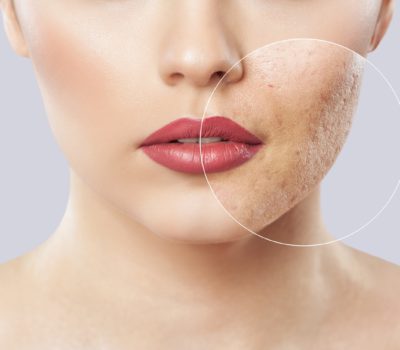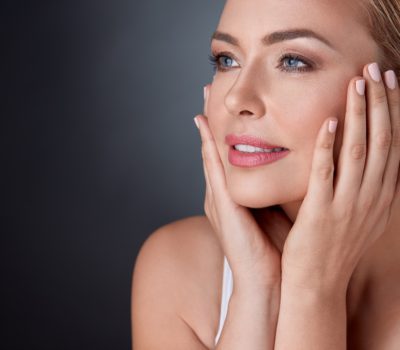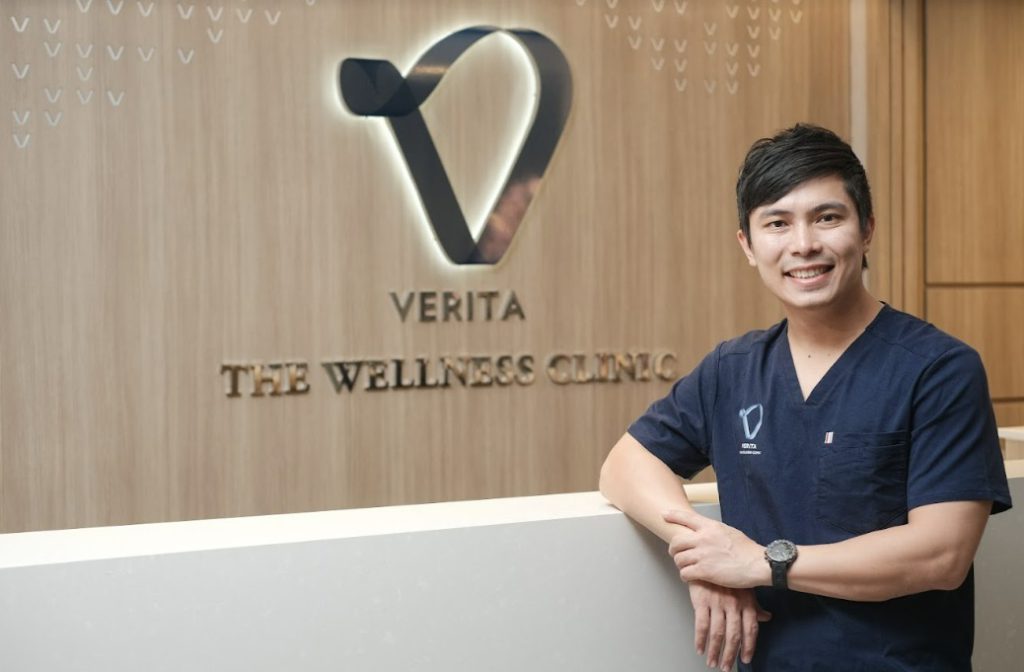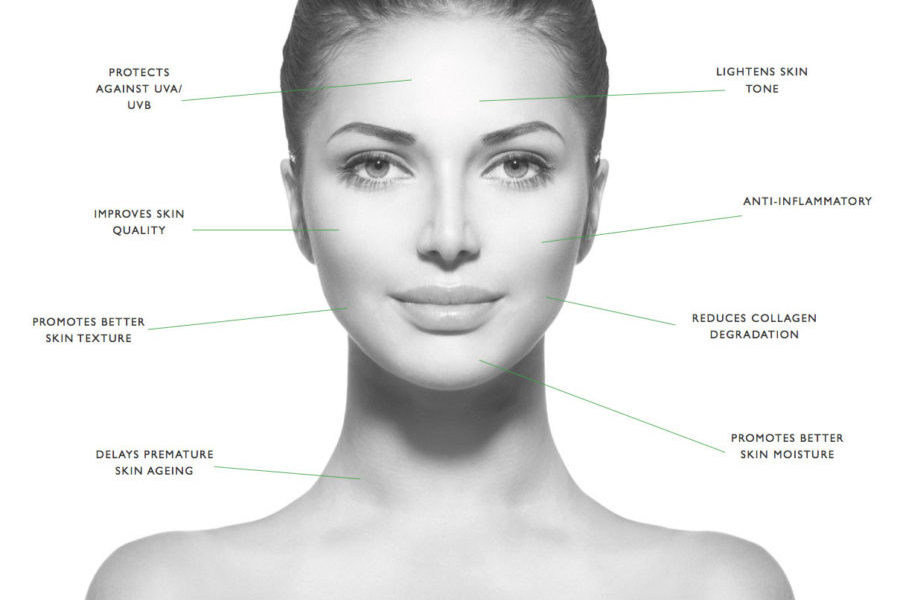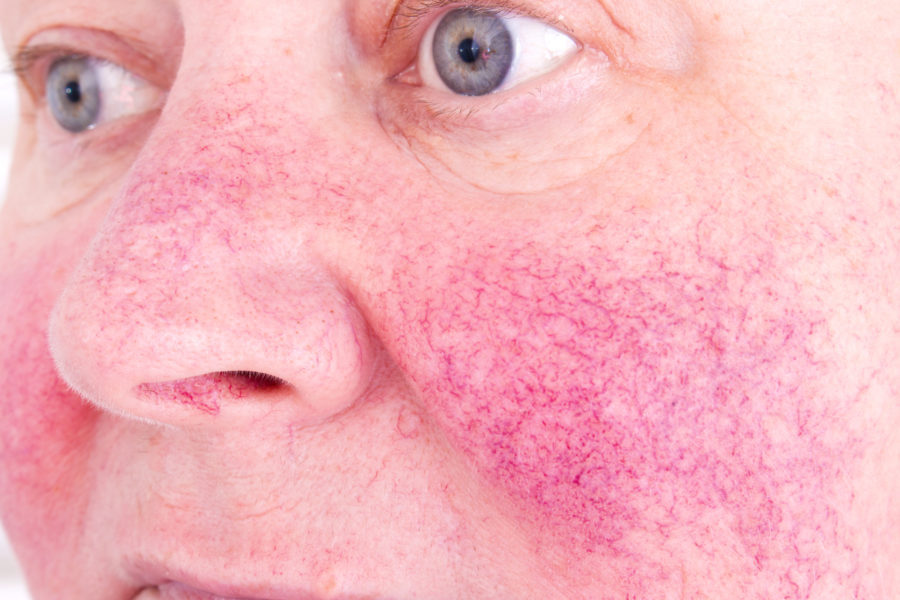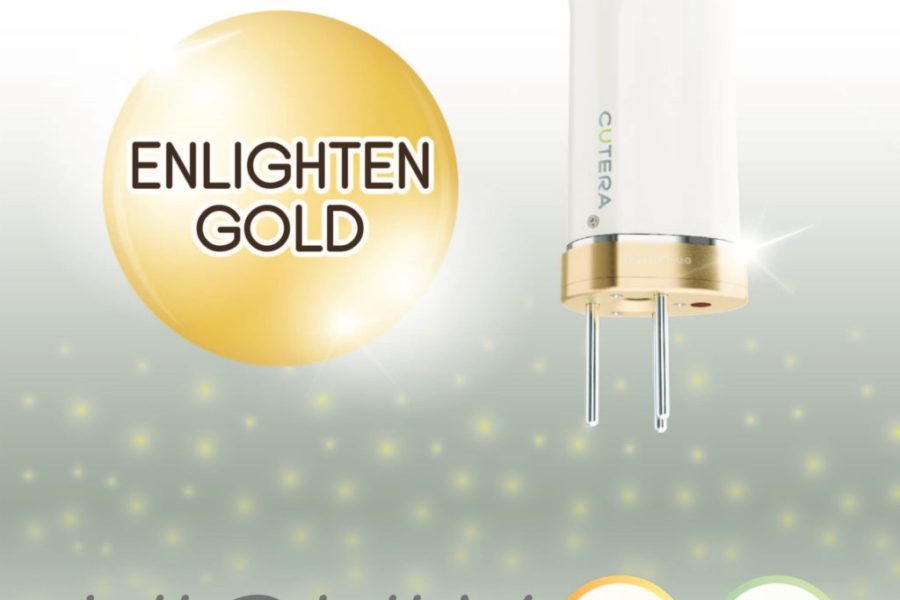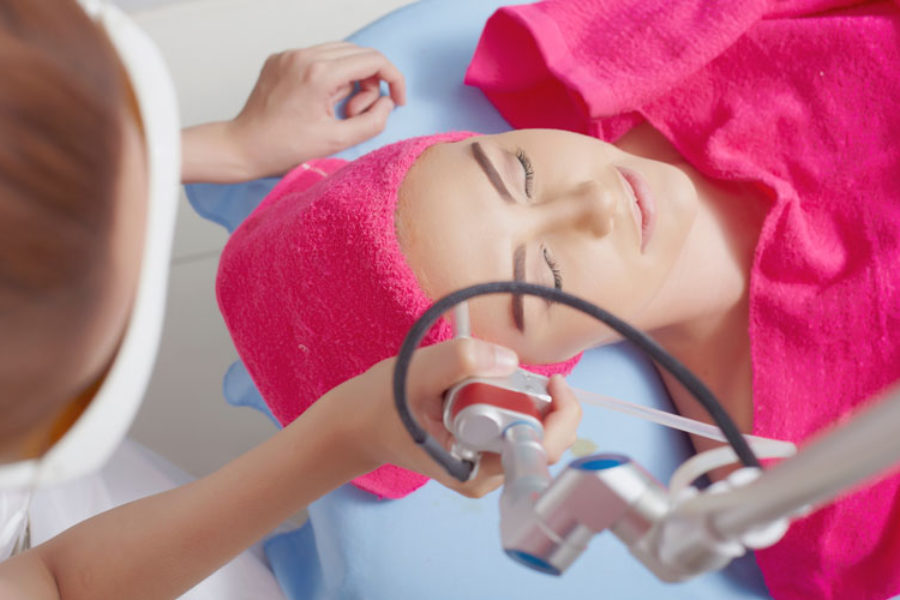TWC aesthetic clinic, located on Orchard Road Singapore, provides innovative aesthetic treatments to address a wide range of conditions for the face, body and hair – with no surgery and with minimal to no downtime.
This website uses cookies so that we can provide you with the best user experience possible. Cookie information is stored in your browser and performs functions such as recognising you when you return to our website and helping our team to understand which sections of the website you find most interesting and useful.






